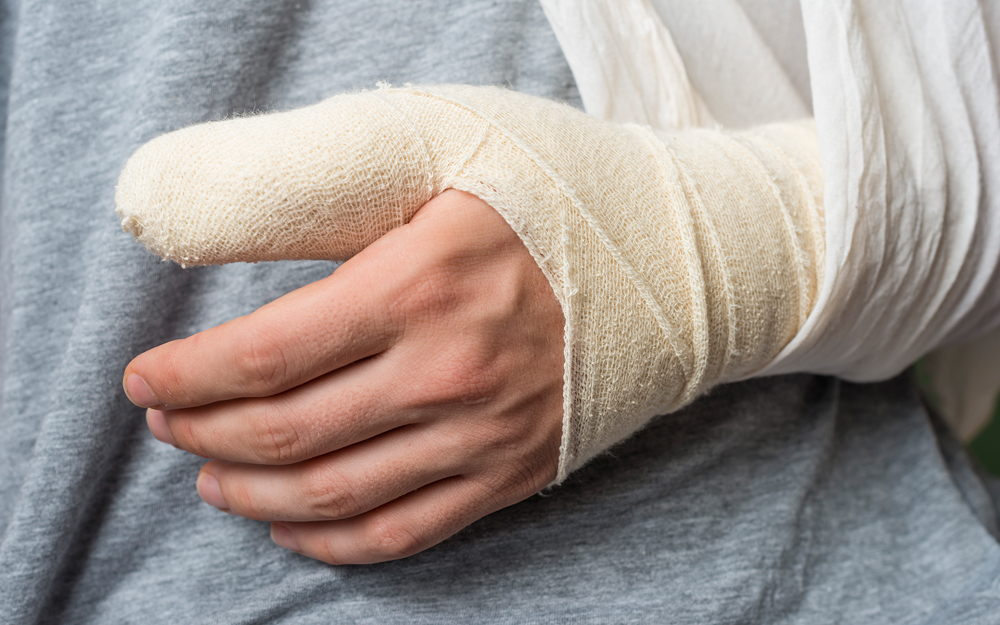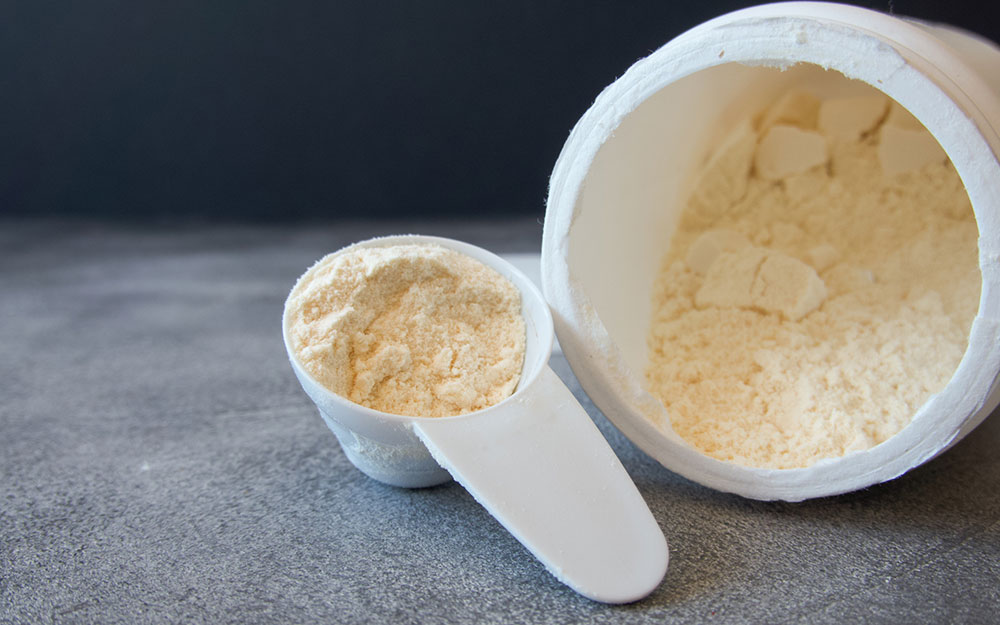Athletes Can Return to Play in Half the Time with New Thumb Ligament Surgery
Date
January 19, 2020

Date
January 19, 2020
Credits
Medical providers featured in this article
In Brief
{{cta-block}}
Steven Shin, MD, treats elite athletes in his clinic, but you don't have to play for a professional team to benefit from his groundbreaking technique for treating thumb ulnar collateral ligament (UCL) injuries.
For injuries that need more than a cast, internal brace augmentation gives better and much faster results than conventional surgery, according to Shin, executive vice chair of Cedars-Sinai Orthopaedics, ranked No. 3 in the nation by U.S. News & World Report.
Shin developed the approach after learning of its success in ankle surgeries, with patients being able to bear weight—and even jump—within days instead of weeks or months.
"I thought there might be a way to adapt it for UCL tears in thumbs, a very common injury that can sideline athletes for almost a whole season," says the hand specialist.
With traditional surgery, the ligament is sutured, and the thumb is immobilized in a cast for four to six weeks.
"Athletes particularly dislike being in casts, and on top of that they can't return to play for sometimes up to 10-12 weeks," Shin notes.
Internal brace augmentation cuts that time in half or less.
"A thumb UCL repaired with an internal brace is several times stronger than the standard repair with suture alone," Shin says.
Because patients can start moving the thumb within days, it also mitigates some of the negative consequences of prolonged immobilization, such as stiffness and muscle atrophy. Range of motion returns much sooner, too.
The procedure involves a synthetic tape that is about a millimeter in width but exceedingly strong. Here's how it works: As in conventional surgery, Shin drills a hole in the bone at the location of the tear. What makes this technique different is that he drills a second hole near the attachment site of the ligament on the thumb metacarpal. An anchor that secures the suture and the tape is placed in the first hole. The suture is then used to repair the ligament as is done traditionally. What's different about Shin's technique is the tape is then placed over the ligament and secured with a second anchor in the metacarpal, completing the internal brace construct.
Shin has performed hundreds of these procedures over the past six years, which has also been done on knees, elbows and wrists. He notes that there are virtually no downsides.
"It doesn't elevate the risk of infection or other complications," he explains. "Some people are more comfortable with conventional surgery, and that's fine too. This newer technique just obviates the need for a cast after surgery and can get the patient back to activity much sooner."
Shin anticipates the technique will one day become the gold standard.
"Although not all hand surgeons perform this technique, it's already grown by leaps and bounds in popularity."






